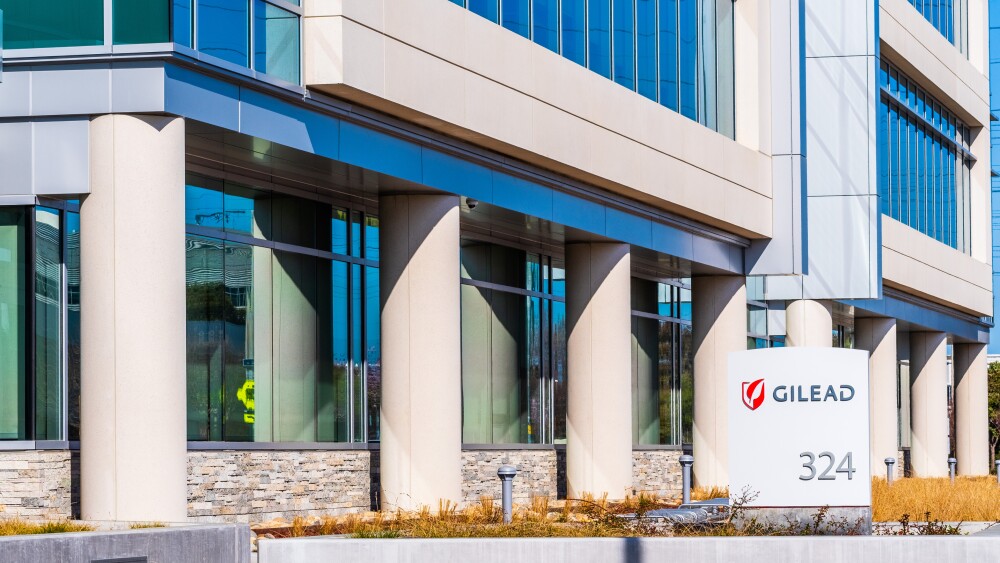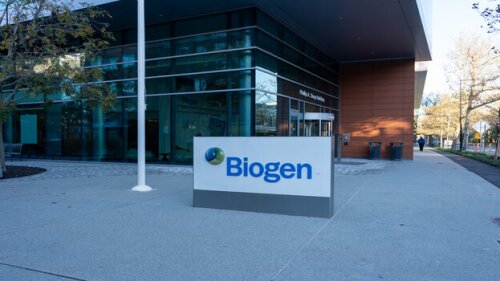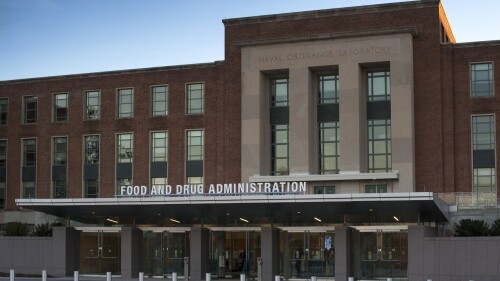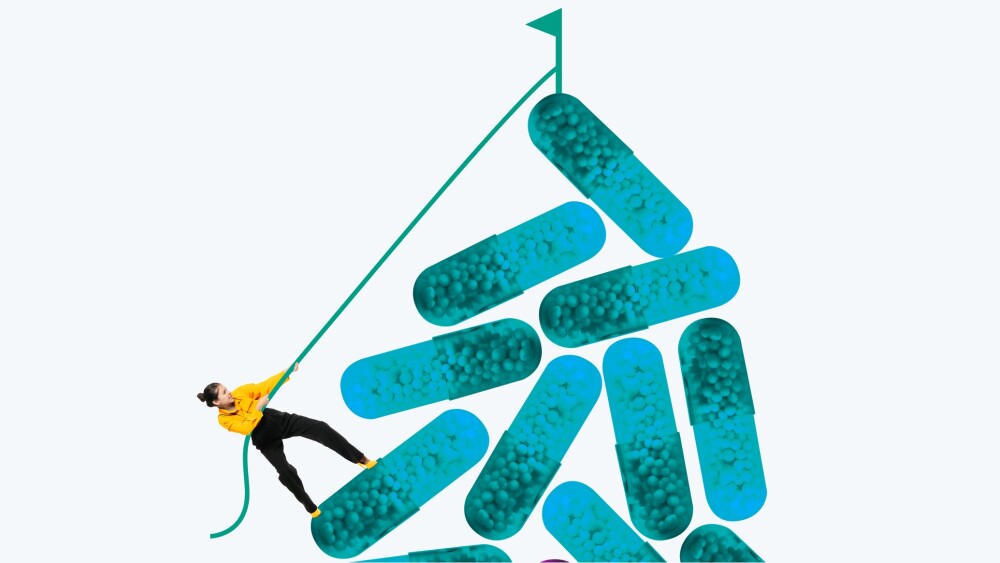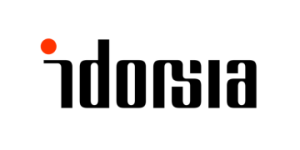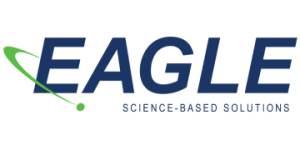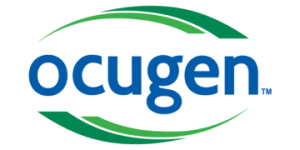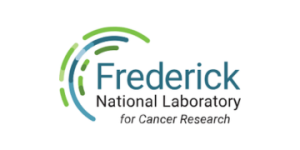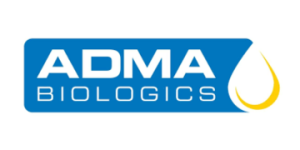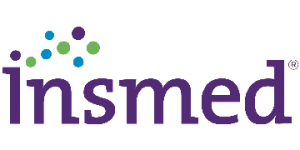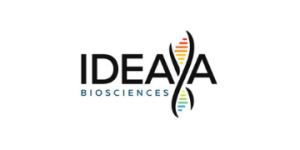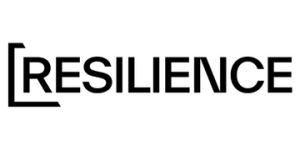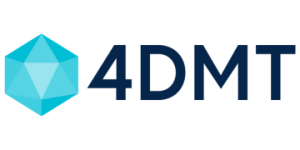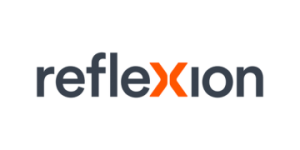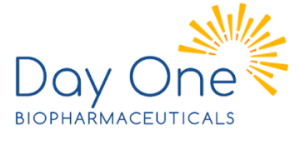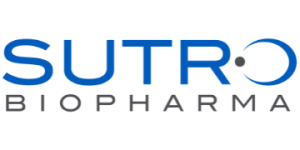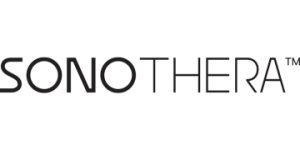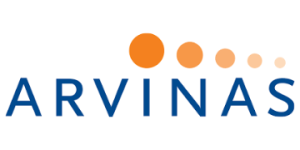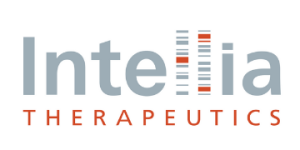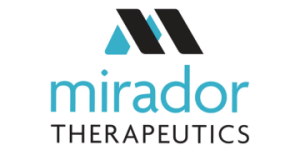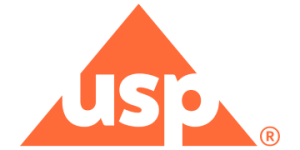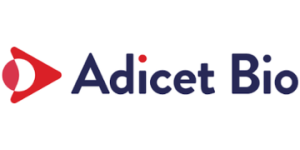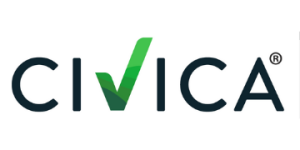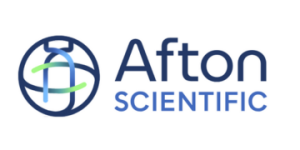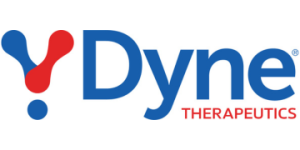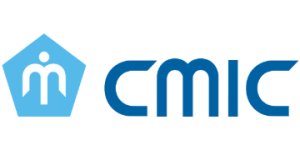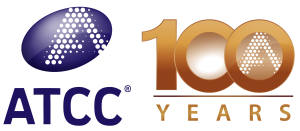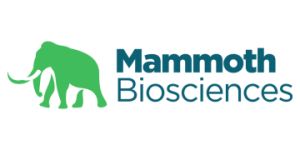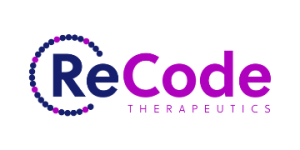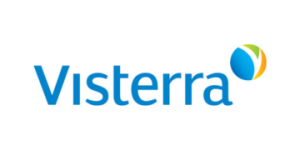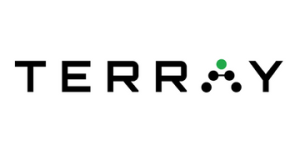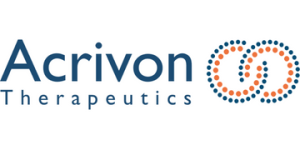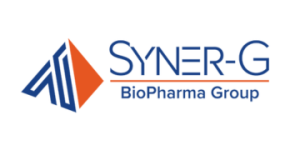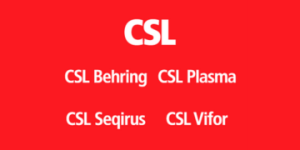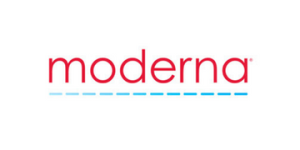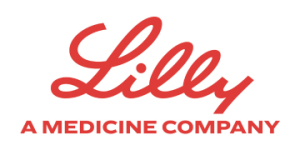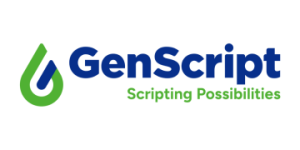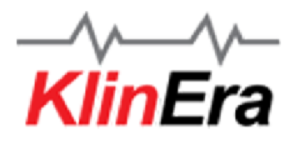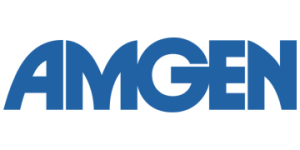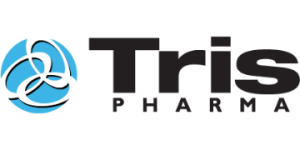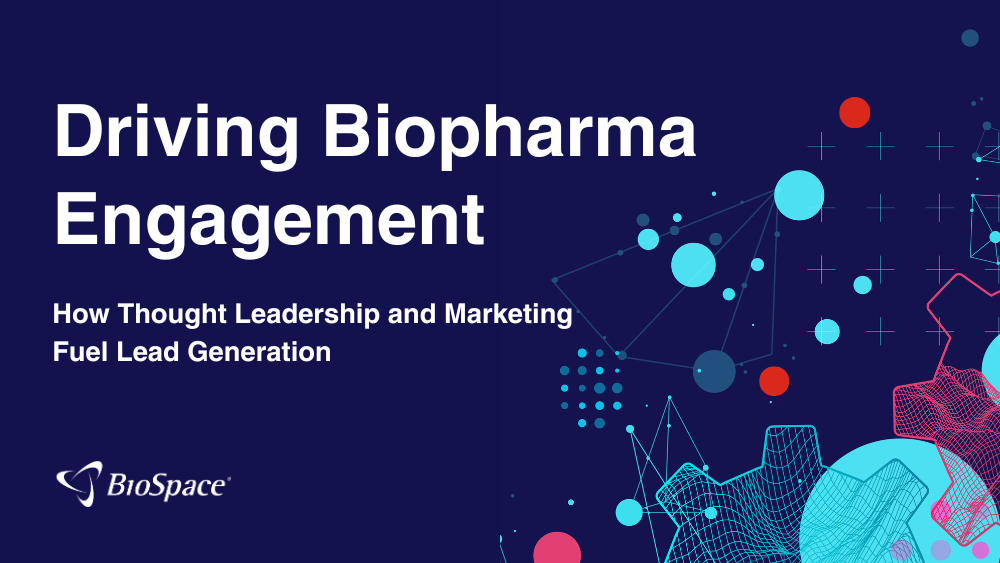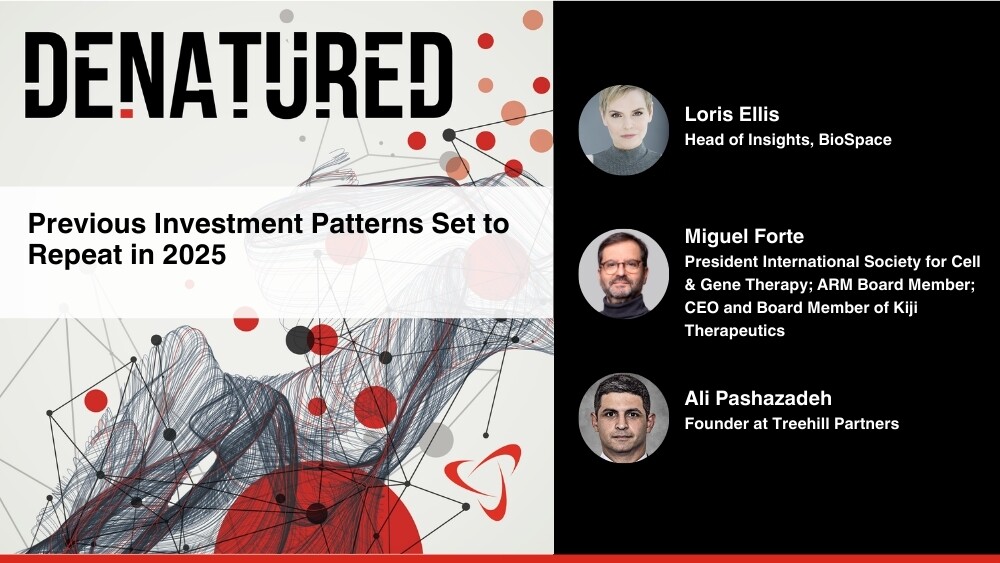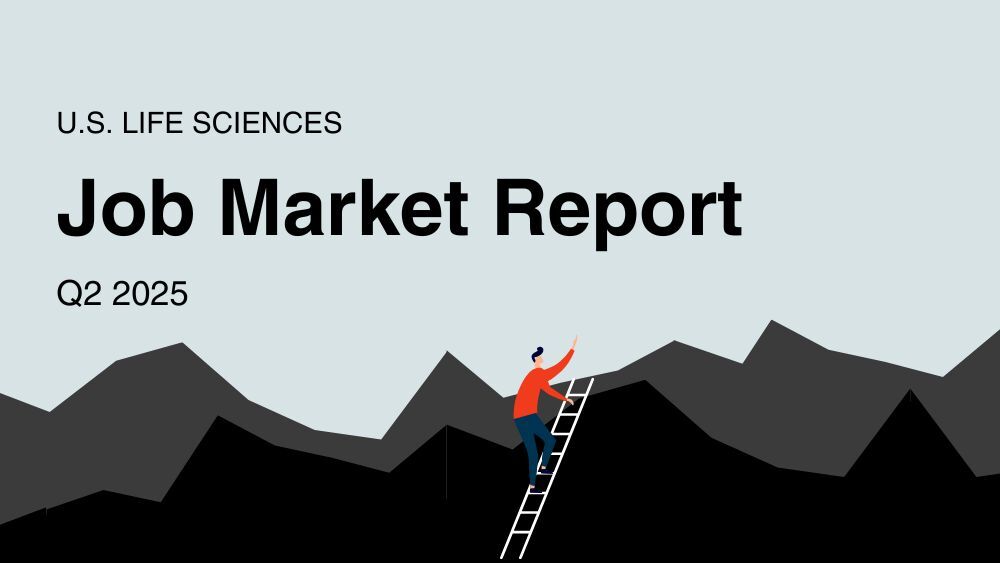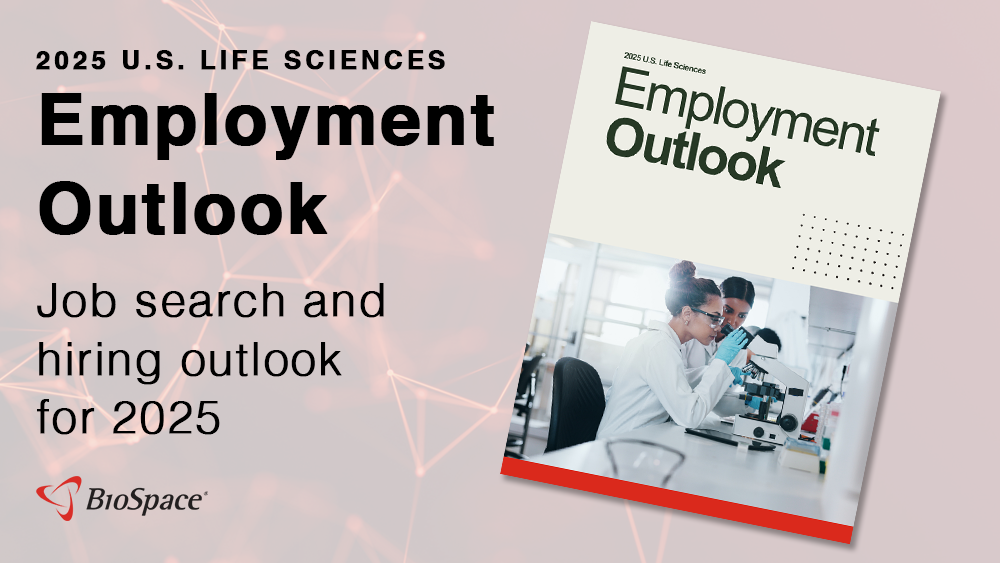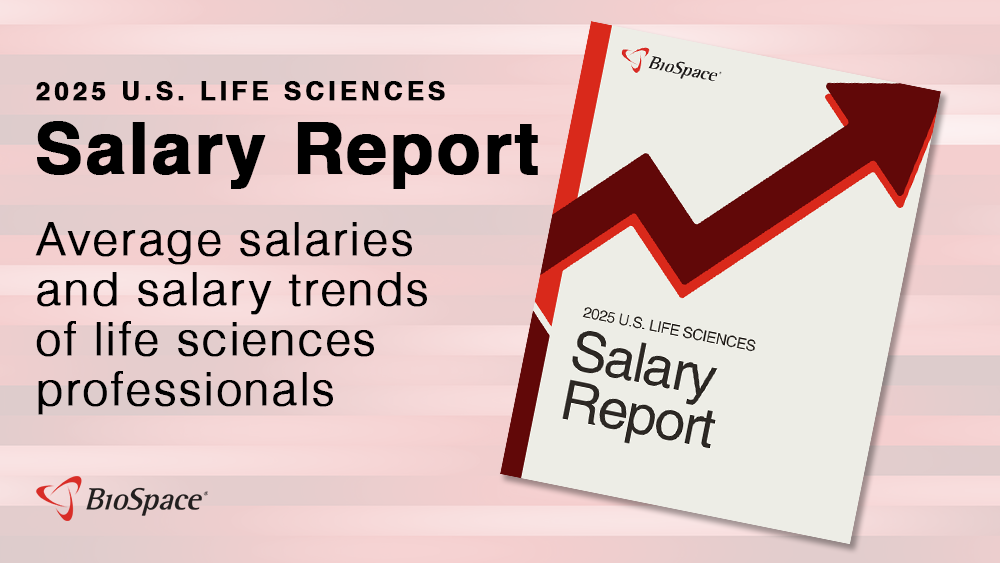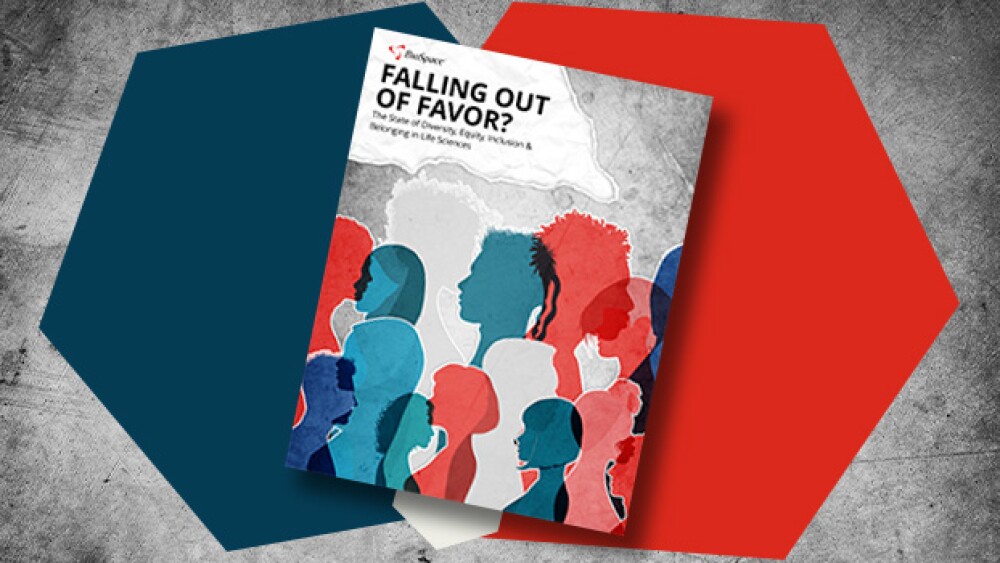The company is pushing inhaled versions of common oral drugs with the hope of avoiding severe side effects.
The biotech is planning to expand antisense oligonucleotide capabilities and infrastructure on campuses that already produce drugs such as the ALS therapy Qalsody.
Tidmarsh, an adjunct professor at Stanford’s medical school, brings decades of industry experience to the table. Serving as director of the Center for Drug Evaluation and Research will be his first government position.
The path to market for Roche’s astegolimab became more uncertain after the investigational antibody failed to significantly lower disease exacerbation rates versus placebo in patients with chronic obstructive pulmonary disease.
Otsuka and Lundbeck’s data are insufficient to establish significant efficacy of Rexulti plus sertraline in PTSD, according to the FDA’s outside experts.
In light of recent patient deaths, the FDA has also revoked its platform designation for Sarepta’s AAVrh74 technology. The designation, granted last month, was the first of its kind to be announced publicly.
FEATURED STORIES
Bo Wang is a renowned AI scientist at the University of Toronto. He’s bringing his open-source culture and computational biology to Xaira Therapeutics in June.
With the recently announced layoffs of 3,500 FDA staffers and exits of branch directors Patrizia Cavazzoni and Peter Marks, there could be a wealth of talent available to biopharma companies. Does this pose an ethical quandary? It depends on who you ask.
While Novartis and Bayer got there first, AstraZeneca, Bristol Myers Squibb and Eli Lilly are all vying to bring their radiopharmaceutical assets to a market projected to be worth over $13 billion by 2033.
Several companies will head to the FDA seeking approval of new Duchenne muscular dystrophy treatments next year but the death of a patient taking Sarepta’s Elevidys raises important safety questions.
Eli Lilly and Novo Nordisk are in a global battle for dominance in the weight loss space. BioSpace takes a look at the territory covered and what’s to come.
With crucial lessons learned from the manufacturing shortages of injectable GLP-1s, experts say securing adequate supply of the upcoming oral options will be the sector’s next great challenge.
FROM BIOSPACE INSIGHTS
Establishing trust through thought leadership is no longer optional in today’s cautious biopharma market. Learn how strategic insights and targeted outreach can turn awareness into high-converting leads.
LATEST PODCASTS
In this episode of Denatured, BioSpace’s Head of Insights Lori Ellis, Miguel Forte and Ali Pashazadeh discuss how a slow and steady pace is a continuation of the pattern we have seen throughout the last three years.
Novartis, Gilead, Roche and Takeda commit to new partners in a spate of mid-sized collaborations this week. Meanwhile, Applied Therapeutics’ stock tanks 80% after govorestat is denied approval, Intra-Cellular Therapies seeks to expand Caplyta into major depressive disorder and the FDA investigates the safety of bluebird bio’s Skysona.
BridgeBio’s Attruby wins approval for transthyretin amyloid cardiomyopathy while the FDA accepts Alnylam’s application for Amvuttra in the indication; Cassava’s controversial Alzheimer’s drug flunks Phase III; Amgen’s MariTide fails to impress investors, Donald Trump’s controversial nominations continue.
Job Trends
MorphoSys AG announced that the company has entered into a delisting agreement with Novartis BidCo AG and Novartis AG following the successful closing of the acquisition of MorphoSys by Novartis in May 2024.
Subscribe to Genepool
Subscribe to BioSpace’s flagship publication including top headlines, special editions and life sciences’ most important breaking news
SPECIAL EDITIONS
BioSpace data show biopharma professionals faced increased competition for fewer employment opportunities during the second quarter of 2025, with increased pressure from further layoffs.
BioSpace did a deep dive into executive pay, examining the highest compensation packages, pay ratios and golden parachutes—what a CEO would get paid to leave.
A new generation of checkpoint inhibitors is emerging, with some showing more promise than others. From recent TIGIT failures to high-potential targets like VEGF, BioSpace explores what’s on the horizon in immuno-oncology.
DEALS
-
BioSpace presents 25 noteworthy biopharma startups in ’25; analysts forecast stronger M&A as the J.P. Morgan Healthcare Conference kicks off next week; GLP-1s continue to expand their reach as Novo, Lilly fight against compounders; and a look ahead to five key FDA decisions in Q1.
-
Licensing deals have risen in prominence in a restrained market environment. Is it desperation, or an important part of the biotech ecosystem? Experts weigh in.
-
Look for renewed investment driven by lower interest rates in the new year, and a continued focus on late-stage assets, oncology and reaping the benefits of AI.
-
China is adapting its Life Sciences policy to bolster innovation and data transparency. Big Pharma is taking note.
-
The acquisition from Wuxi Biologics, the embattled CDMO named in the BIOSECURE Act, marks another expansion of Merck’s manufacturing operations in Ireland.
WEIGHT LOSS
-
Amid growing concern of the overuse and misuse of obesity drugs, the UK’s pharmacies regulator rolled out stricter guidelines for online pharmacies selling medicines including Novo Nordisk’s Wegovy and Eli Lilly’s Mounjaro.
-
The U.S. Centers for Medicare and Medicaid Services has named Novo Nordisk’s Wegovy, Ozempic and Rybelsus as part of the second round of the IRA drug price negotiation program, even as the pharma challenges the program.
-
Donald Trump continues to make waves in biopharma; Sage rejects Biogen’s unsolicited takeover offer; the obesity space sees more action with new company launches, IPOs and fresh data; and experts get ready for an important era in the Duchenne muscular dystrophy space.
-
It’s been a rocky few months for BioAge Labs, which shuttered a Phase II trial of its lead candidate azelaprag Tuesday after the molecule caused liver-based side effects.
-
Versant Ventures continues to invest in the increasingly competitive obesity space, this time launching Helicore with $65 million and a GIP-targeting asset intended to induce higher-quality weight loss.
POLICY
-
The Most Favored Nation directive would allow drugmakers to directly sell their products to patients at a lower cost, cutting out what President Donald Trump called “the middlemen.”
-
While industry groups decried the Trump administration’s new drug pricing order, analysts say it lacked details and the teeth to make a major impact without an act of Congress.
-
The package revives President Donald Trump’s much-maligned Most Favored Nation rule but goes further into the private markets and beyond, leveraging the patent system, drug importation and more.
-
The FDA and CDC have also recommended pausing the use of Ixchiq in seniors 60 years and older while safety investigations are ongoing.
-
As the Trump administration slashes funding for HIV-related research and infrastructure, Gilead, Immunocore and more are targeting the next goalpost: a cure.
Carina Clingman, founder of The Collaboratory Career Hub, answers questions about the ins and outs of finding, landing and succeeding in biotech jobs.
Research associates are always in demand. Check out these top companies currently hiring RAs.
Newer hiring models based on skills applicants have learned and their general potential for growth could avoid the drawbacks of relying on degrees and experience.
The biopharma industry is moving toward using AI to try to determine how well a given person would perform in a role, with applications that go beyond recruiting.
In a cooling job market, companies often can’t match job seekers’ expectations on factors such as salary and remote work.
My colleagues and I have often been asked, “When is it time to start looking for another role?” This three-level rubric can help.
HOTBEDS
REPORTS
In this Employment Outlook report, BioSpace explores current workforce sentiment, job activity trends and the prospective job and hiring outlook for 2025, particularly as it compares to the previous year.
BioSpace’s third report on diversity, equity, inclusion and belonging in life sciences examines dramatic shifts in attitude around diversity initiatives.
CANCER
-
The latest data from Johnson and Johnson’s Rybrevant and Lazcluze lung cancer combo was better than standard of care Tagrisso on overall survival. But analysts say the next step is getting a subcutaneous formula approved.
-
The German conglomerate announced a licensing agreement with Puhe BioPharma for a PRMT5 inhibitor used in a variety of cancers. Financial details of the deal were not disclosed.
-
AbbVie claims that Genmab turned a blind eye to trade secret theft allegedly used to support the development of ProfoundBio’s investigational antibody-drug conjugates. Genmab acquired ProfoundBio in May 2024.
-
Adaptimmune is rolling out its T cell therapy Tecelra for synovial sarcoma, recording $1.2 million in sales since its approval in August 2024. Nevertheless, it is pausing development of two oncology assets to save money.
-
With Keytruda, the best-selling drug in the world, facing the end of exclusivity in 2028, BioSpace looks at five drugs that have taken the leap off the patent cliff.
NEUROSCIENCE
-
Before garnering approval on Tuesday, Onapgo had been rejected twice by the FDA.
-
Faced with the encroaching threats of patent expirations and generics, biopharma companies in 2024 invested 33% more in licensing deals, on average, than in 2023 with an eye toward enriching their pipelines with novel and potentially more effective therapies.
-
The Phase IIa results continue a surge of momentum in a treatment space that last week saw the approval of Vertex’s Journavx as the first novel mechanism for acute pain in decades.
-
In a Phase IIb trial, GH001 elicited significant drops in treatment-resistant depression. The news comes less than two weeks after J&J secured FDA monotherapy approval for its esketamine nasal spray Spravato in the same indication.
-
After the Phase II failure of its lead asset from Cerevel, AbbVie is resetting expectations and narrowing the clinical program to an adjunct approach—for now.
CELL AND GENE THERAPY
-
Riding recent momentum in the Duchenne muscular dystrophy space, Capricor Therapeutics, Wave Life Sciences, Regenxbio and more aim to deliver the next wave of progress with near-term data and regulatory milestones.
-
While the last decade has brought considerable progress for patients with DMD, substantial unmet need remains. Several companies including Wave, Dyne and Avidity are looking to answer the call with investigational therapies targeting greater efficacy and broader reach.
-
At J.P. Morgan, most biopharma executives expressed a neutral stance on the incoming administration, but just days later, President Trump issued multiple executive orders that concern the industry.
-
Five years ago, Gilead signed a massive deal with Galapagos. After a restructuring, the pharma is still hunting for the potential it saw at the original signing.
-
As the year gets underway, analysts and biotech executives highlight cell therapy’s pivot from oncology to autoimmune diseases, a continued appetite for next-generation obesity drugs and an increased focus on neuromuscular, kidney and cardiovascular diseases.

